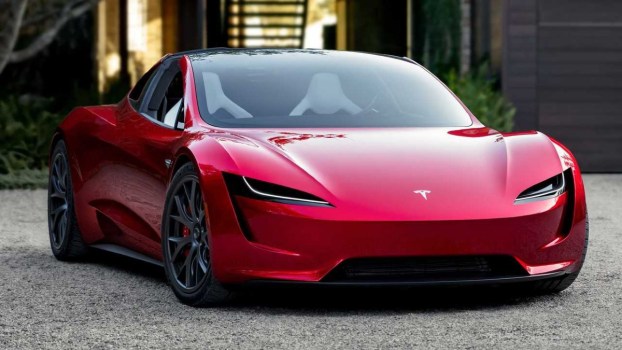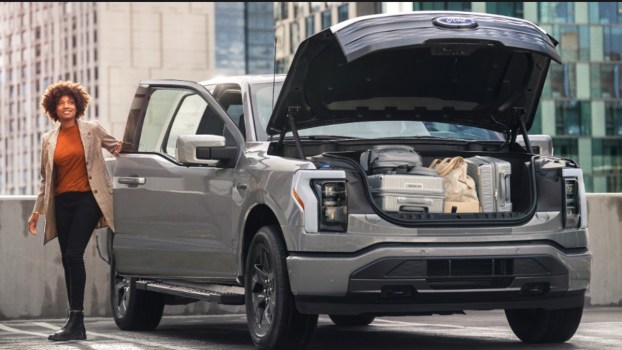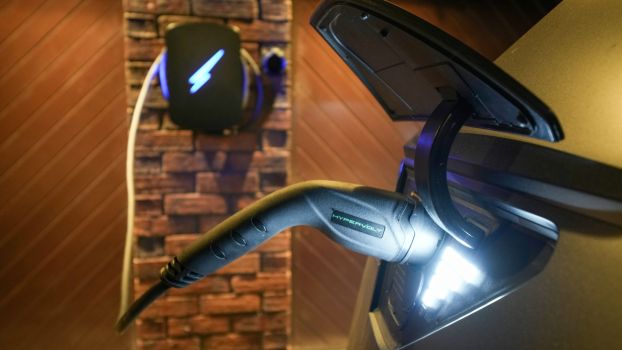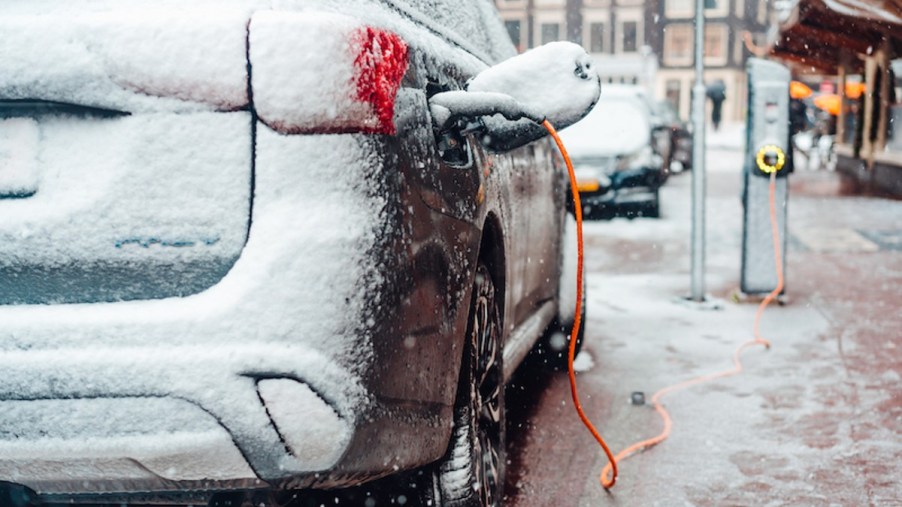
Do Electric Cars Perform Well in Cold Weather?
Electric cars lose some of their driving range in cold weather. This is a proven fact and not something the auto industry has solved. To be completely fair, all vehicles lose some driving range or fuel mileage when the temperature drops and owners turn on the heating system. Gas and diesel-powered vehicles have a fuel gauge, but most EVs show exactly how many miles of range are available. This number on the dashboard can make some drivers more anxious while driving electric cars in the winter.
Why do electric cars perform poorly in cold weather?
While temperatures below 40 or above 115 degrees Fahrenheit cause electric car batteries to lose power, temperature changes aren’t the only reason for poor performance. The increased energy required to run the climate system reduces the EV driving range much more than the cold temperature.
How much range does an EV lose in cold weather?
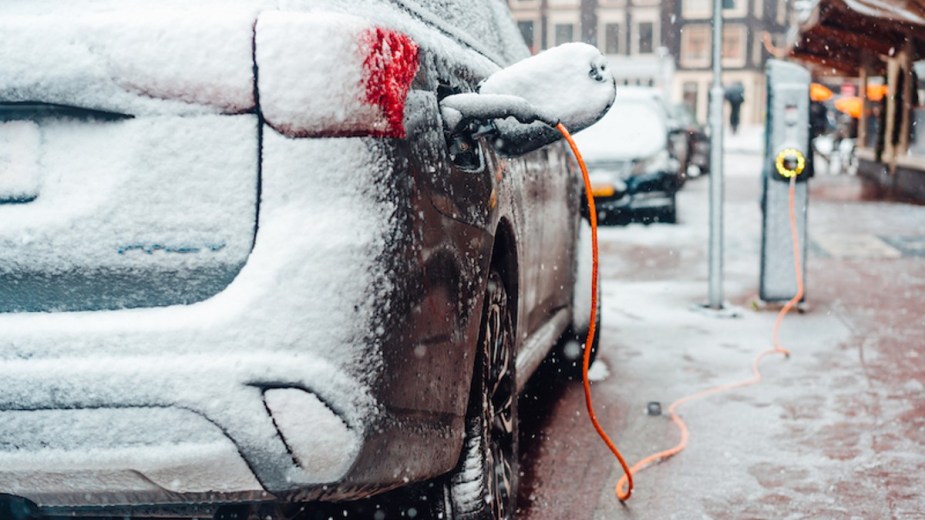
This number varies by vehicle. Some will lose as little as three percent, while others can lose up to one-third of their overall driving range. Regardless of the model, all electric cars lose some driving range in cold weather. This isn’t unlike regular cars. Even gas and diesel-powered vehicles lose some fuel mileage when the temperature drops.
How much does temperature affect EV driving range?
A decrease of 20 degrees Fahrenheit is enough to reduce the driving range of some electric vehicles by 10-12 percent. Some electric cars perform poorly in cold weather because using the in-vehicle climate control system can amplify the range loss to 40 percent.
How can you maximize your EV’s driving range in winter?
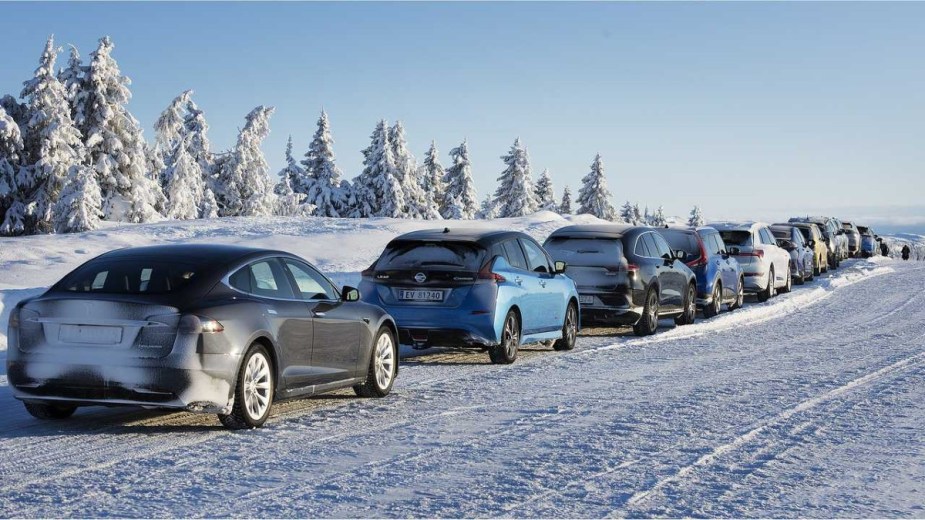
Ford offers some great tips for maximizing your EV driving range in cold weather. Although Ford tests its EVs in extreme cold, these tips can be useful.
- Park in a garage whenever possible
- Keep your EV plugged in when parked
- Precondition your vehicle using departure times to warm the cabin and battery while plugged-in
- Use the heated seats and steering wheel for primary heat to reduce energy consumption by the HVAC system
- When charging, turn off the heater
- If your vehicle is covered with snow, brush all the snow off before driving to remove extra weight and drag
- Keep your driving speeds moderate – high speeds use more energy
- Ensure your tires are properly inflated
Are there any items offered for EVs to reduce range loss in cold weather?
Some electric cars can be fitted with an auxiliary heat pump, allowing them to retain more of their normal driving range in cold weather than without these items. Some EVs can be equipped with an Efficient Thermal Management System to provide a system to retain heat and improve the driving range.
Should you save your electric car for springtime?
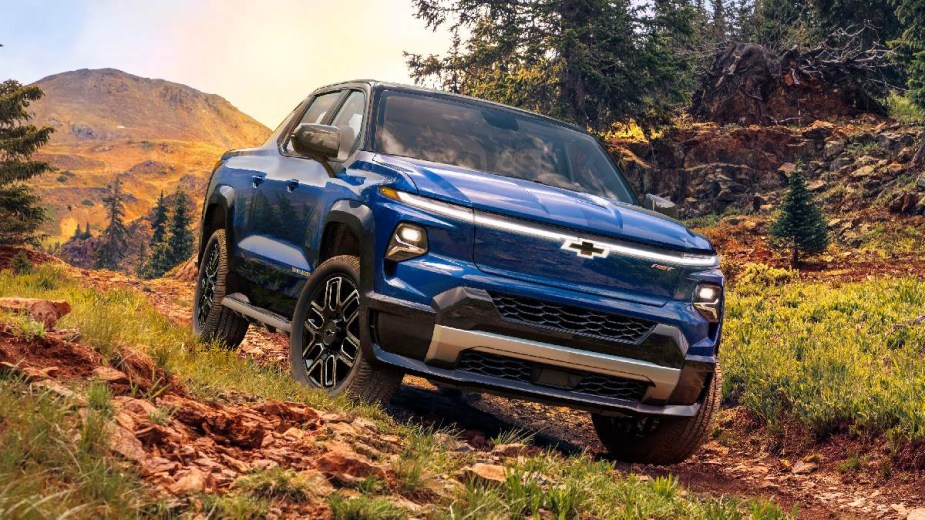
Some people have a special car they only drive when the weather is extremely pleasant. Although electric cars are negatively impacted by cold weather, most EVs have better handling and traction than their gas-powered counterparts.
Many EVs come with AWD because they have multiple motors driving each axle. Even FWD EV models handle better because of the battery. The battery in modern EVs is placed low to the ground, providing a better center of gravity than a gas-powered vehicle with the engine up much higher.
Electric vehicles perform well while driving in the winter, but the EV driving range is reduced. Using the tips from Ford can minimize that reduction.
Next, check out five top-rated EVs, or learn more about how winter temperatures impact electric cars in this video below:
